What is the difference between humus and compost?
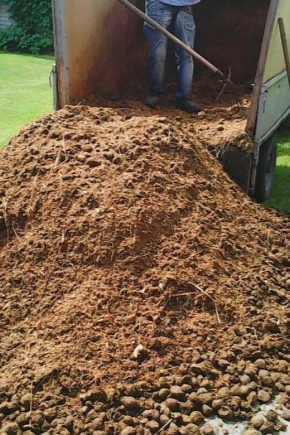
It's no secret that finding natural products in our time is quite difficult. And if it succeeds, then it is very expensive. The trend has affected not only food, but also plant fertilizers. The most popular, effective and safe ones are compost and humus. Read about their differences, manufacturing methods and other nuances in this article.

Description
First you need to figure out what humus and compost are.
Humus
Humus is a product obtained from rotted manure. It has long been used as a fertilizer for various plants and crops. For manure, only the excrement of herbivores is taken. Remarkable is the fact that ready-made humus does not smell like manure. It is light, homogeneous in its consistency composition, does not emit an ammonia odor. It takes 2-5 years to prepare. Sometimes gardeners speed up the process of humus ripening by covering the mass with a dense waterproof material that allows it to retain moisture and heat.
In conditions of water availability and relatively high temperatures, bacteria multiply better.
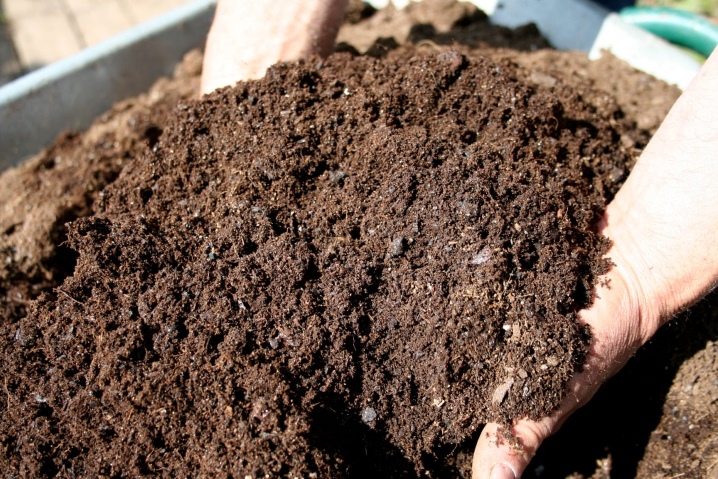
Compost
Compost is prepared from various organic matter, which is most often household waste. Outwardly, it looks like humus, but may include small twigs or other small organic elements. The height of the compost mass should not exceed 1 m, otherwise it will dry out. It takes about 2 years to prepare. By adding various composting accelerators, the maturation time is reduced to 3 months.
Both fertilizers require regular mixing during maturation. Otherwise, the top layers will dry out, which will lead to uneven maturation of organic matter.
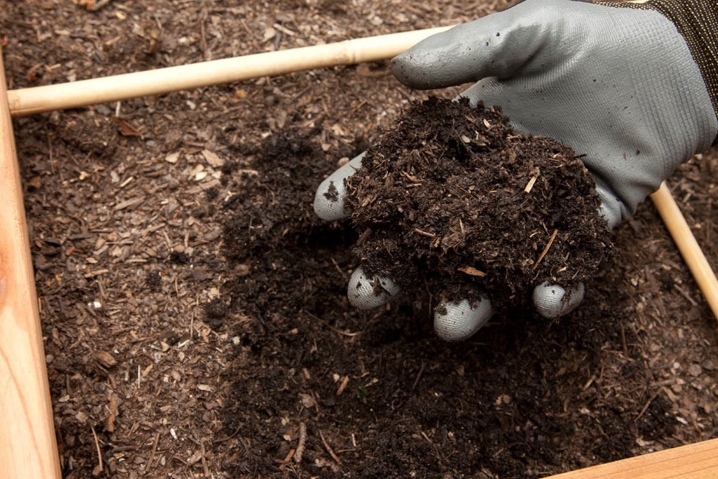
The main differences
Despite the fact that both compositions are very similar in appearance, there is still a difference between them. Let's take a look at the main differences between these products.
- Maturation time. Humus can be cooked for up to 5 years. The preparation time can be slightly accelerated with sawdust or earth. The compost ripens relatively quickly - in about 2 years.
- Composition. The composition of humus includes manure, earth, sawdust. Compost can be prepared from weeds, tops, rotten vegetables, mowed lawns, leaves. Sometimes bird droppings, earth or phosphate rock are added to it. The latter are optional.
- Smell. The difference is subtle, but it does exist. Humus smells more like earth than compost. The first one can smell the forest, while the aroma of the finished compost is less pronounced.
- Volumes. As a rule, it is difficult to obtain a large amount of mass in the case of self-made compost. A lot of humus is usually prepared.
- The presence of weeds. The humus can contain a large number of weeds, which will later cause many weeding problems. There are fewer of them in the compost.
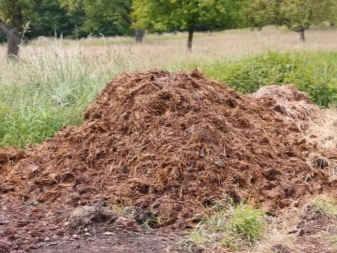
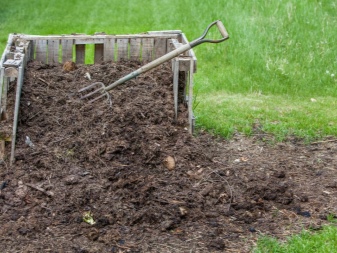
What's better?
There are several traditional guidelines from experienced gardeners.
- The first thing to note is the ease of manufacture. It is much easier to make a compost mixture on your own than humus.
- If you need to fertilize a large area, the compost may not be enough. In this case, it is better to make humus, since the resulting volume is always much larger than that of compost.
- For crops such as cucumbers, tomatoes, or flowers, it is best to use compost. For fruit trees and shrubs, humus is more suitable.
Now there are many different types of fertilizers, but most of them remain inaccessible to residents of the domestic territory.
Compost and humus are common, cheap and effective top dressing, the ingredients of which can be obtained with ease.
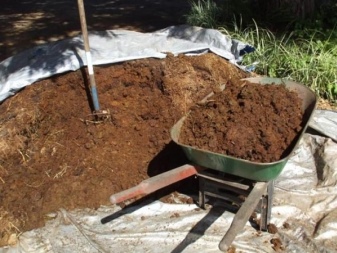
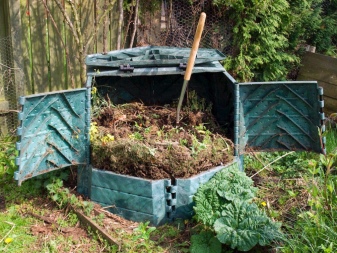
You can learn how to make compost in the video below.













The comment was sent successfully.